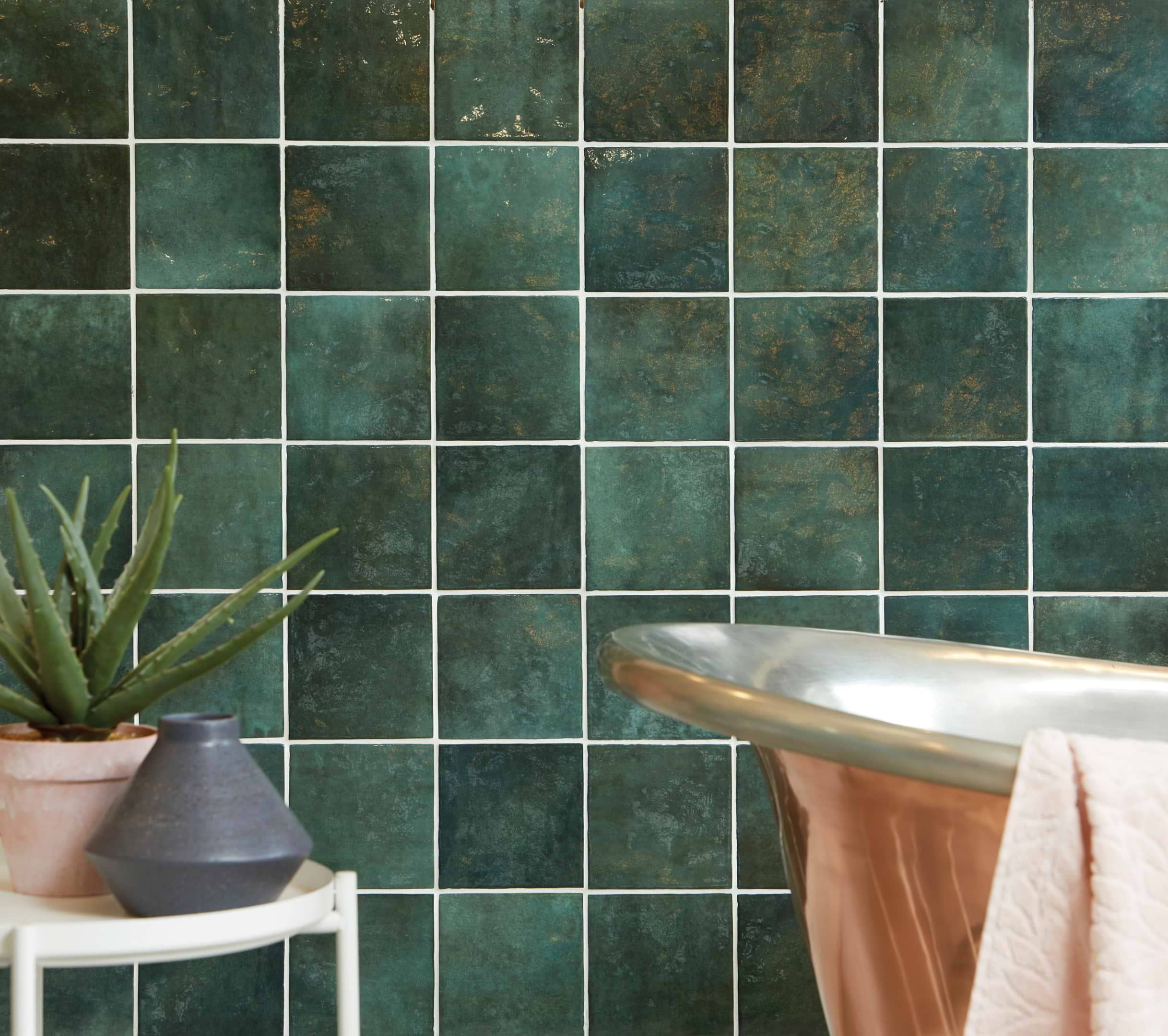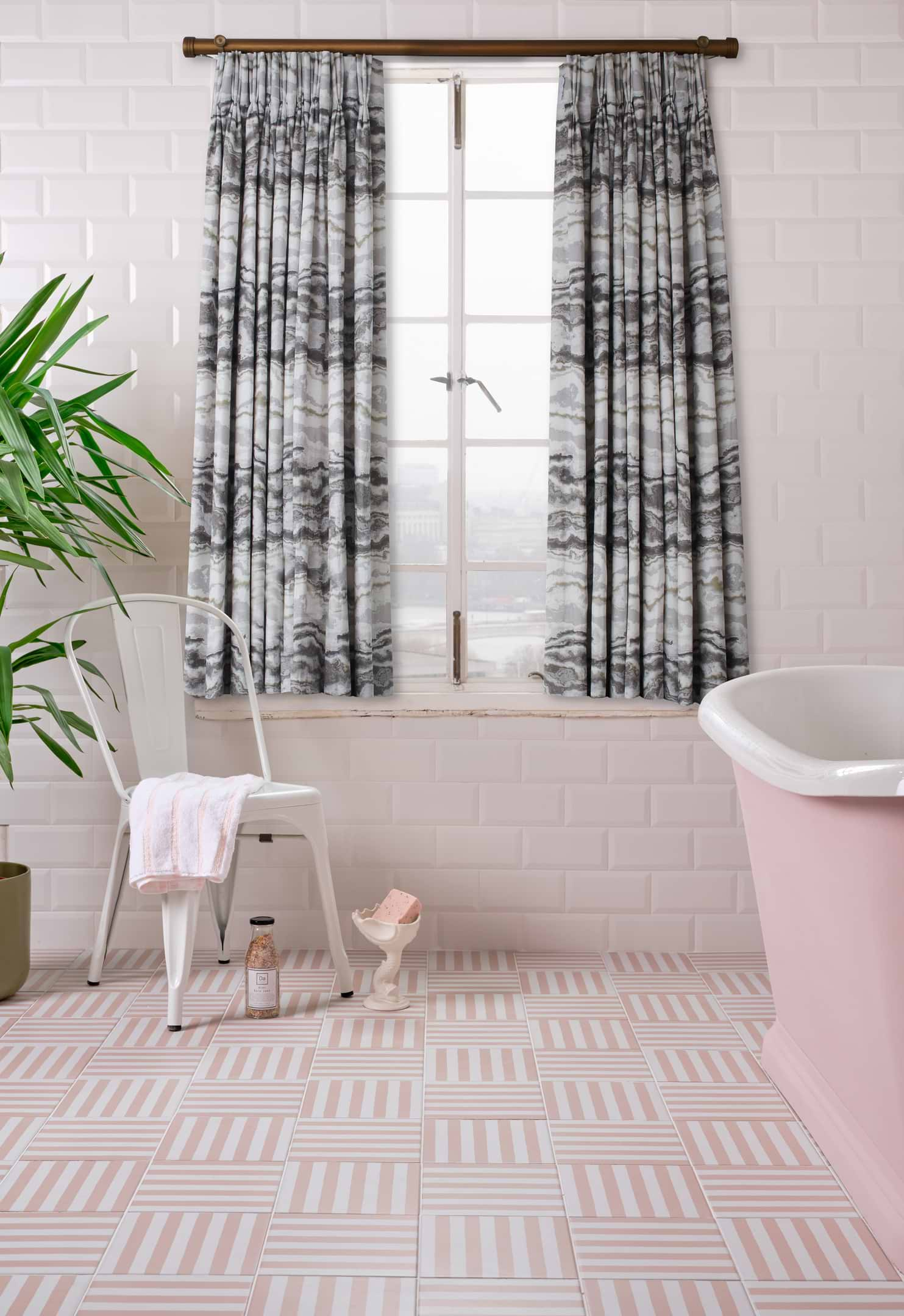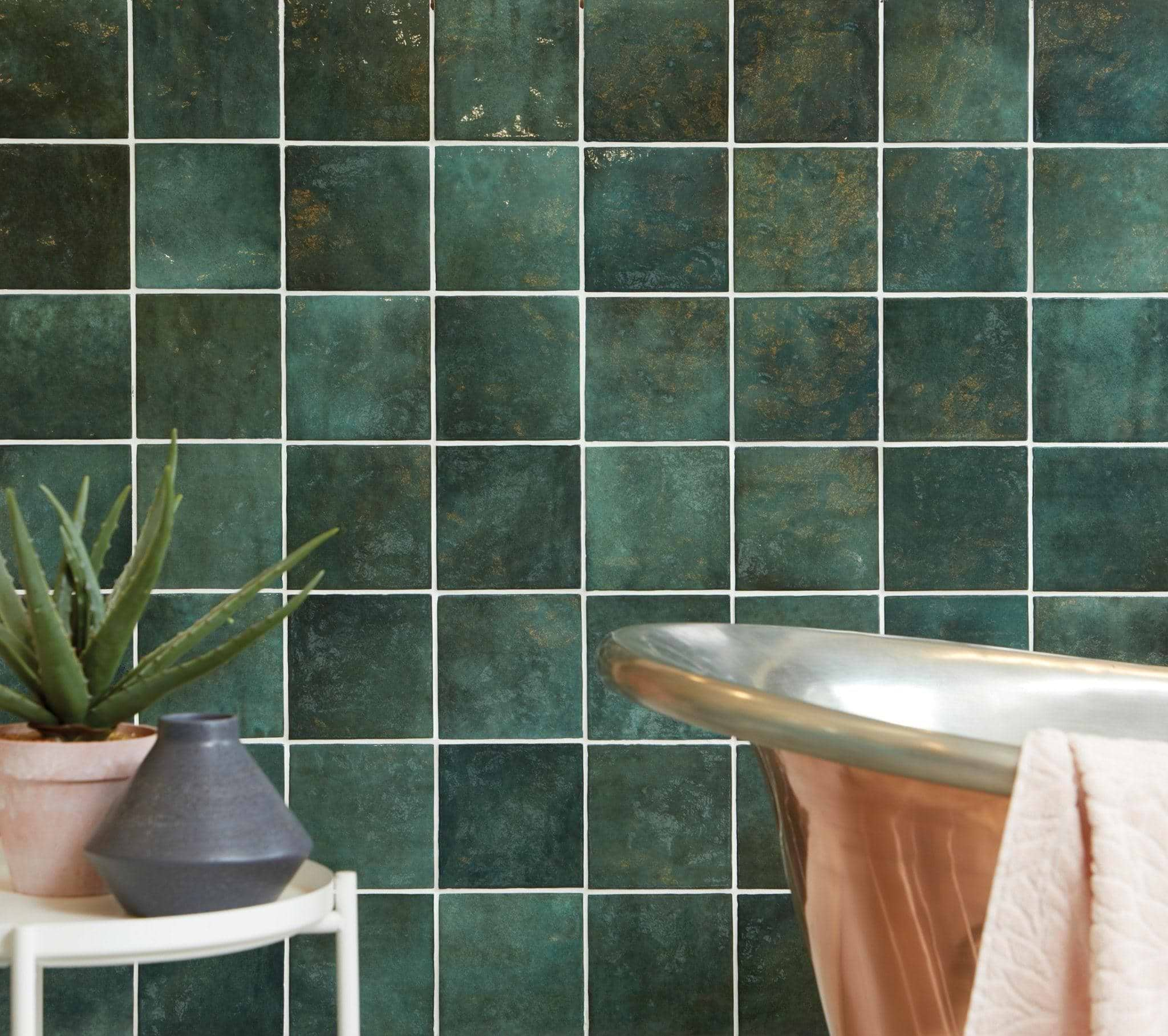Ceramic vs porcelain tiles – what’s the story?
Ceramic and porcelain tiles are a brilliant way to add colour, pattern, or both to your floors and walls. Thanks in part to their affordability they're an excellent choice for many homeowners looking for the perfect floor-to-wall accent - but which type of tile is best? Ceramics can be made from clay (including earthenware) while porcelains are typically more expensive products that use kaolin clay as their main ingredient. The price difference may tempt you into selecting ceramic over porcelain because it's cheaper on average; however, there are huge differences between these two types of materials worth considering before making your decision!

A range of colours and patterns
Which tiles should you buy? Ceramic or porcelain. They both come in a beautiful variety of colours and patterns, but let's take a closer look at the differences between them! Porcelain tiles offer more variation than ceramic ones so if you're looking for something different that looks like marble or wood then consider getting some porcelain tiles such as Palatine Marble Matt with its stunning metallic finish; Nordic Light which has an awesome natural-looking grain to it; Imotion Inox which is stainless steel coloured--these are all sure to make your house feel luxurious and modern.
Easy to maintain
When it comes to cleanliness, porcelain and ceramic tiles are both great options. Ceramic is an especially good choice for kitchen floors because any dirt or spills can be wiped up easily with a cloth while stains have no chance of sticking! Porcelain's glossy sheen also makes your bathroom gleam beautifully without being too slippery when wet.
Durable when wet
Porcelain tiles are harder and more durable than ceramic, which will make them last much longer. Porcelain is made from a denser clay that's baked at higher temperatures, so it has coloured all the way through rather than just on top of porcelain-like with ceramics--this makes scratches less likely to show up. If you have kids or pets running around your house who could potentially scratch tile surfaces easily, consider installing these high-quality resilient flooring materials!
Are you a DIYer?
Research has shown that people who lay their own tiles are more satisfied with the result than those who hire a professional to do it. This is due to many reasons, but mainly because you have complete control over what kind of materials and design style you go for!
Porcelain tiles can be slippery or brittle, making them difficult if not impossible for someone new to this type of project like yourself. If your budget permits only tile work then ceramic may be better suited as they're easier to handle and cut into shape once laid down on the surface area where needed most - try looking out for textured finishes too so no one slips up!
What's your budget?
Ceramic tiles are great if you’re on a really tight budget. However, porcelain tiles tend to be a little more expensive upfront but they will last longer and not get damaged easily making them less of an investment in the long run.

For more information, contact Hyperion Tiles
We hope this article has helped you better understand the difference between porcelain and ceramic tiles. If you're still unsure about what kind of tile to use, give us a call! Our knowledgeable team is ready to answer any questions or concerns. It's our goal at Hyperion Tiles to not only provide quality products but also create happy customers.
Hyperiontiles.co.uk – Frequently Asked Questions (FAQ)
Are ceramic and porcelain tiles suitable for both indoor and outdoor use?
Porcelain tiles are more suitable for outdoor applications because of their low water absorption, which makes them less prone to frost damage. Ceramic tiles are better suited for indoor use, although some glazed ceramic tiles can be used in covered outdoor areas. Shop from our range of Ca' Pietra porcelain & ceramic tiles to find the style that matches your aesthetic.














Share:
Engineered wooden flooring: the benefits